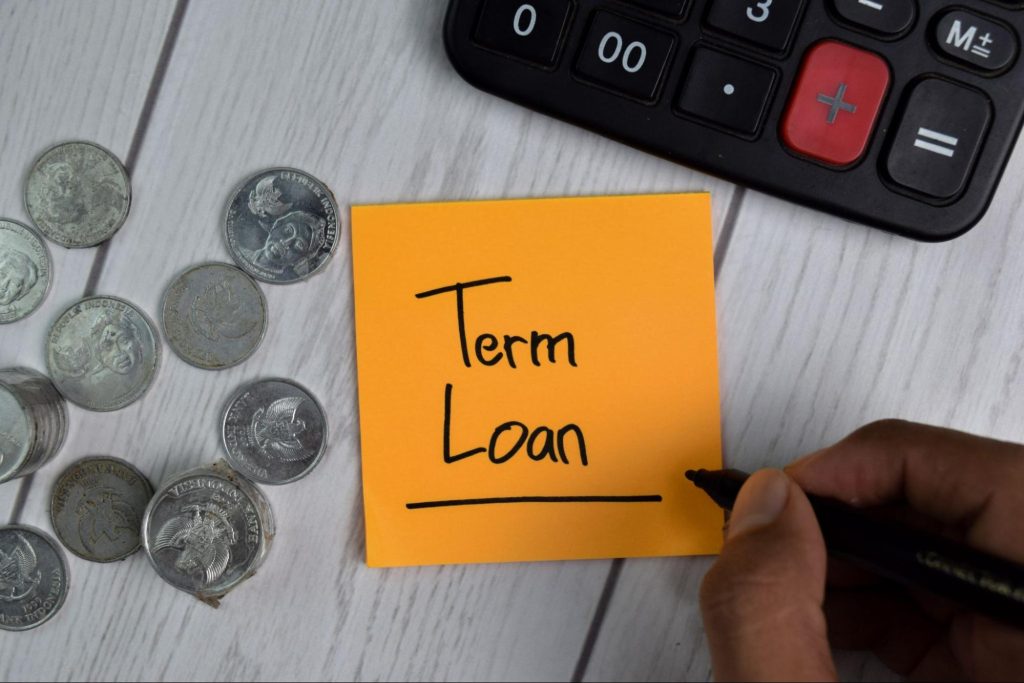Retail Assets
Retail Assets
In the context of financing, retail assets refer to the assets owned by a retailer that can be used as collateral or a source of funding for obtaining loans or other forms of financing. These assets serve as a guarantee for the lender, providing assurance that the retailer can repay the borrowed funds. Here is a description of retail assets in financing:
- Accounts Receivable: Retailers often sell goods or services on credit, resulting in accounts receivable. These are unpaid customer invoices or outstanding balances owed to the retailer.
- Inventory: The inventory held by a retailer can also be leveraged for financing. Asset-based lending allows retailers to use their inventory as collateral to secure a loan.
- Equipment and Machinery: Retailers may have equipment or machinery used in their operations, such as cash registers, POS systems, refrigeration units, or manufacturing equipment
- Real Estate: If a retailer owns the property where their store operates, it can be used as collateral for real estate financing.

Types of Retail Assets
Home Loan
A home loan, also known as a mortgage, is a type of debt financing specifically related to retail assets, namely residential properties. It is a common form of financing used by individuals or families to purchase a home. Here’s a description of home loans in the context of retail assets:
- Purpose: Home loans are designed to assist individuals in purchasing a residential property. The property serves as collateral for the loan, providing security for the lender in case the borrower defaults on repayment.
- Loan Amount: Home loans cover a significant portion of the property’s purchase price. The specific loan amount depends on factors such as the borrower’s income, creditworthiness, the property’s appraised value, and the down payment made by the borrower.

Loan Against Property
A Loan Against Property (LAP) is a type of loan that allows individuals or businesses to use their owned property as collateral to secure financing. In the context of retail assets, a Loan Against Property can be obtained by leveraging a commercial property or residential property owned by a retail business. Here’s a description of Loan Against Property in retail assets:
- Purpose: A Loan Against Property is typically taken to meet the financial needs of a retail business. It can be used for various purposes such as business expansion, working capital requirements, inventory purchase, debt consolidation, or any other legitimate business-related expenses.
- Collateral: In a Loan Against Property, the property acts as collateral for the loan. The borrower pledges the commercial property (retail store or office space) or residential property (owned by the business owner or the business itself) to secure the financing. The value of the property determines the loan amount that can be availed.
- Loan Amount: The loan amount in a Loan Against Property depends on factors such as the market value of the property, the percentage of the property’s value that the lender is willing to finance (LTV ratio), and the borrower’s repayment capacity.

Term Loan
A business loan in the context of retail assets refers to a loan specifically tailored to meet the financial needs of a retail business. It provides access to capital that can be used for various purposes related to the retail business’s operations and growth. Here’s a description of a business loan in retail assets:
- Purpose: A business loan in retail assets is intended to support the financial requirements of a retail business.
- Loan Amount: The loan amount for a retail business loan depends on factors such as the business’s financial health, creditworthiness, repayment capacity, and the lender’s policies.
- Repayment Term: The repayment term of a retail business loan can vary based on the lender’s offerings and the borrower’s preferences.

Equipment Loan
An equipment loan in retail assets is a type of financing specifically designed to assist retail businesses in acquiring the necessary equipment for their operations. It provides funds to purchase or lease equipment that is essential for retail activities. Here’s a description of an equipment loan in retail assets:
- Purpose: An equipment loan in retail assets is used to finance the purchase or lease of equipment required for retail business operations.
- Loan Amount: The loan amount for an equipment loan depends on the cost of the equipment being financed. Lenders typically offer a loan amount that covers a significant portion of the equipment’s purchase or lease cost.
- Repayment Term: The repayment term of an equipment loan can vary based on factors such as the loan amount, the expected useful life of the equipment, and the borrower’s preferences.

Vehicle Loan
A vehicle loan in retail assets refers to a type of financing specifically designed to assist retail businesses in acquiring vehicles for their operations. It provides funds to purchase or lease vehicles that are essential for various retail activities, such as deliveries, transportation, or inventory management. Here’s a description of a vehicle loan in retail assets:
- Purpose: A vehicle loan in retail assets is used to finance the purchase or lease of vehicles required for retail business operations.
- Loan Amount: The loan amount for a vehicle loan depends on the cost of the vehicle being financed.
- Repayment Term: The repayment term of a vehicle loan can vary based on factors such as the loan amount, the expected useful life of the vehicle, and the borrower’s preferences.
- nterest Rates: The interest rates on vehicle loans can be fixed or variable, depending on the loan terms and the lender’s offerings.
- Collateral: Vehicle loans can be secured or unsecured. Secured loans require the vehicle being financed to serve as collateral for the loan.


